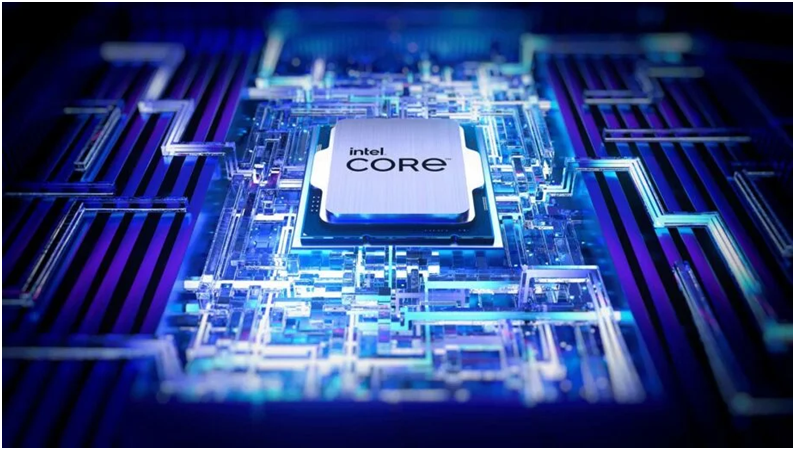Silicon Nanowires: Exploring the Nanoscopic World
Guo, Zhongyi & Jung, Jin-Young & Zhou, Keya & Xiao, Yanjun & Jee, Sangwon & Moiz, Syed Abdul & Lee, Jung-Ho. (2010). Optical properties of silicon nanowires array fabricated by metal-assisted electroless etching. Proc SPIE. 7772. 77721C-77721C. 10.1117/12.860397.
Welcome to the exciting world of nanotechnology, where incredible materials exist on a microscopic level and one innovation reigns supreme: silicon nanowires. These tiny structures are so small that thousands could easily fit within the width of a single human hair, yet they hold immense potential to revolutionize various industries, from electronics to energy storage. Join us as we embark on a journey to discover the extraordinary properties and endless possibilities of these powerful wonders. In this blog, we will delve into the forefront of scientific exploration and technological advancement, diving deep into the world of silicon nanowires and their potential to reshape our world.
V. Schmidt, J. Wittemann, U. Gösele. "Growth, Thermodynamics, and Electrical Properties of Silicon Nanowires," in Chemical Reviews, vol. 110, no. 1, pp. 361-388, 2010.
Properties
Silicon nanowires, consisting of individual silicon atoms, possess unique properties that differentiate them from the bulk form. Their ultra-thin structure, with typical diameters in the nanometer range and lengths in the micrometer scale, holds great potential for a variety of applications. To create these nanowires, techniques such as vapor-liquid-solid (VLS) and chemical vapor deposition (CVD) are employed. VLS growth involves the reaction of a vapor-containing silicon with a metal catalyst nanoparticle, acting as a "seed" for the nanowire to grow on. As the silicon atoms accumulate on the catalyst's surface, they take the form of a nanowire. Alternatively, CVD utilizes a silicon precursor gas, which decomposes onto a heated substrate. This leads to the formation of nanowires on the surface. These synthesis methods enable the production of silicon nanowires, unlocking their vast potential for further innovations.
Applications
With boundless possibilities in multiple industries, silicon nanowires are proving to be a game-changer in technology. Their remarkable versatility shines in the realm of electronics, where they play a vital role in nanoelectronic devices, specifically in field-effect transistors (FETs) and sensors. The electrical properties of FETs built with silicon nanowires are exceptional, leading to improved speed, power efficiency, and integration density. Moreover, the sensitivity displayed by silicon nanowire sensors is astounding, making them invaluable in detecting a diverse range of analytes, from gases to biomolecules.
Dorothee, Grieshaber & MacKenzie, Robert & Janos, Vörös & Reimhult, Erik. (2008). Electrochemical Biosensors - Sensor Principles and Architectures. Sensors. 8. 10.3390/s8031400.
Expanding into the field of photonics, the implementation of silicon nanowires has paved the way for breakthrough advancements in photodetectors, LEDs, and photonic waveguides. With their exceptional optical properties, these nanowires serve a critical role in efficient light absorption and detection across a vast spectrum of photodetectors. Similarly, they prove to be valuable building blocks in high-performance LEDs, boasting improved efficiency and adjustable wavelength capabilities. Furthermore, the use of silicon nanowires in photonic waveguides allows for precise manipulation and control of light, facilitating the development of cutting-edge optical communication systems and integrated photonic circuits. In the realm of energy storage, silicon nanowires hold tremendous potential for enhancing the performance of essential lithium-ion batteries and other energy storage devices.
Groundbreaking advancements in energy storage are on the horizon, thanks to the introduction of silicon nanowires into battery electrodes. By tackling fundamental hurdles in energy density, lifespan, and charging rates, researchers are paving the way for the development of next-level energy storage solutions. Additionally, silicon nanowires have proven to be highly effective in sensing applications, particularly in chemical and biological sensing platforms. Their exceptional sensitivity and compatibility with microelectronics make them an ideal choice for a range of uses. One notable example is their ability to enable label-free detection of biomolecules, providing unparalleled precision and sensitivity. This breakthrough has immense potential in various fields, such as medical diagnostics, environmental monitoring, and food safety, making it a highly promising technology for the future.
Silicon nanowires are revolutionizing the technological landscape with their versatility, as evidenced by a plethora of examples and case studies. These tiny structures are making a big impact in various applications, from early disease detection with ultra-sensitive biosensors to powering electric vehicles with high-performance lithium-ion batteries. Their real-world relevance shines through, showcasing the tremendous potential of silicon nanowires.
Chan, C., Peng, H., Liu, G. et al. High-performance lithium battery anodes using silicon nanowires. Nature Nanotech 3, 31–35 (2008). https://doi.org/10.1038/nnano.2007.411
Conclusion
In the ever-evolving world of technology, silicon nanowire research has emerged as a promising avenue for groundbreaking advancements. However, despite its potential, the scalability and reproducibility of this technology present significant hurdles in its widespread adoption. The good news is that researchers are tirelessly devising innovative synthesis techniques and seamless integration strategies to overcome these obstacles. So stay tuned and keep a close eye on the exciting developments in nanotechnology. Who knows, shortly, we may witness the transformative impact of silicon nanowires on electronics, photonics, energy storage, and sensing applications. Let's remain engaged and informed to be a part of this remarkable journey towards progress.
Credits: Meta Monday- COEP Blogs
References
https://nanografi.com/blog/silicon-nanowires-synthesis-and-application-areas/
https://pubs.acs.org/doi/10.1021/acsomega.9b01488
https://iopscience.iop.org/article/10.1088/1361-6528/acb320


Comments
Post a Comment